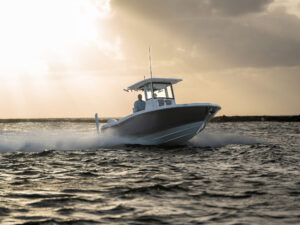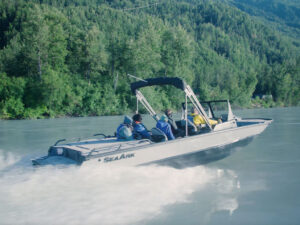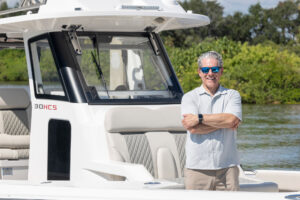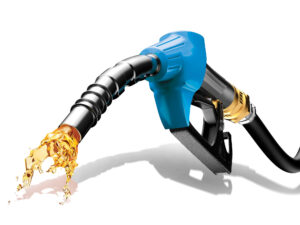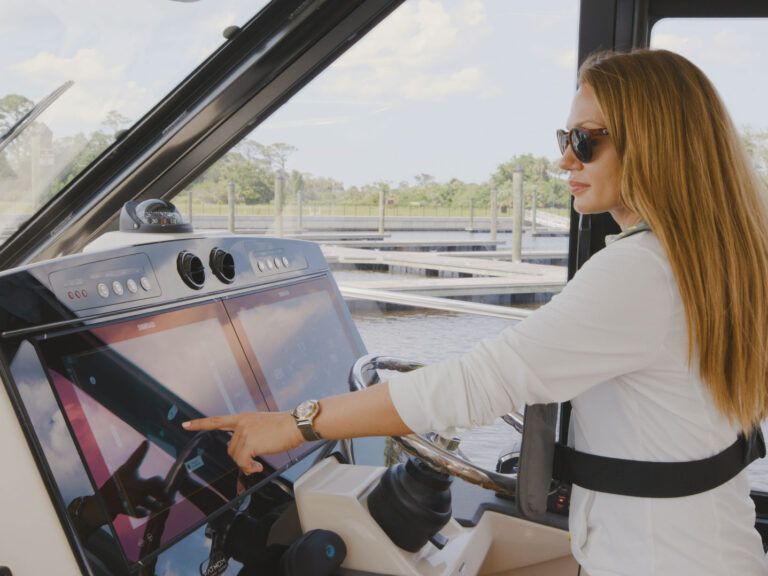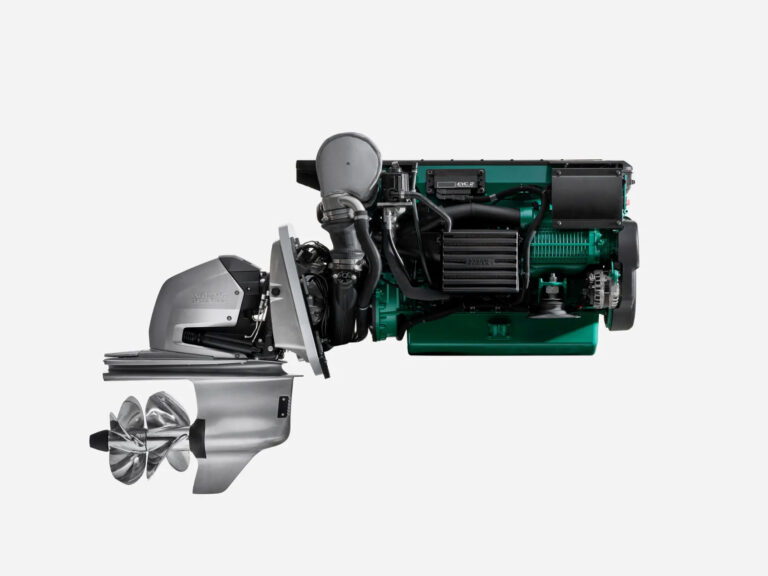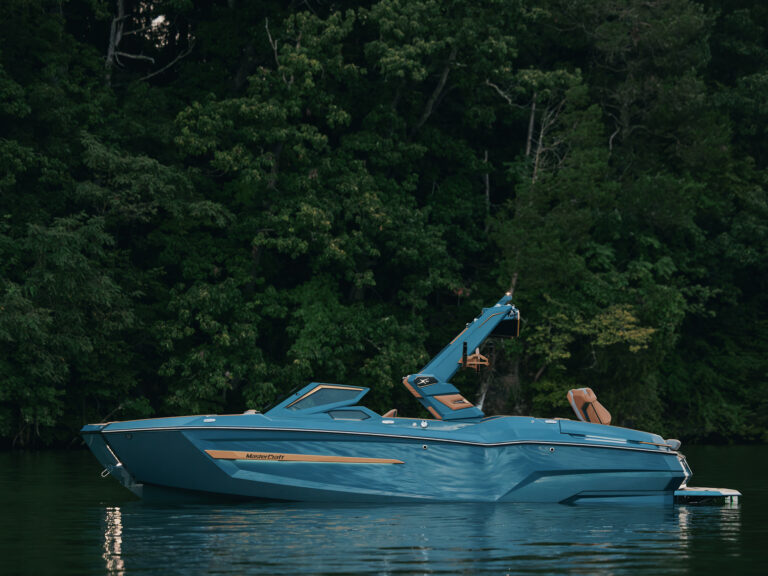The ideal bilge-pump system does not exist. Boats come in all sorts of sizes and are put to all sorts of uses in a variety of different environments. However, after decades of boating I have developed a few prejudices, offered here as a sort of buyer’s guide to bilge pumping.

Redundancy is tough to beat where safety is concerned. I like pumps arranged one higher than the other, the high one never seeing service — and so not wearing out — unless things get really bad. [5] Hot Wired
Bilge pumps are the only circuit that should be wired directly to your batteries, according to the American Boat and Yacht Council (ABYC). Take power from the back of your selector switch in order to tap more than just one battery. [7] Prevent Siphoning
The discharge hose should be run so that it comes up from the pump higher than the level of the discharge through-hull fitting, and then down to the fitting. This “riser loop” should be a minimum of 12 inches above the waterline. [9] Don’t Over Fuse
If the pump rotor locks up with debris, the resistance will increase, but amperage supplied will actually drop (Ohm’s law). Of course, voltage is still supplied, and that is how a pump can catch fire without blowing the fuse. Stick strictly to the manufacturer’s recommendation and use the lowest-rated fuse that allows the pump to operate. Tim Barker
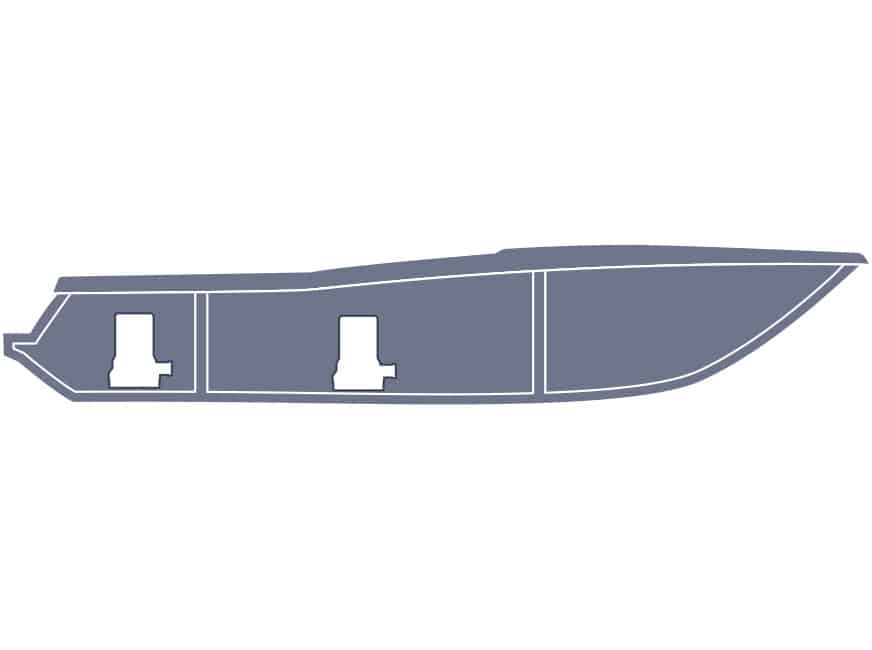
Bilge pumps should be installed in all compartments that can hold water. Often there will be space between bulkheads beneath the cabin sole, for instance, or beneath the sole of a center-console head. Check it out. Tim Barker
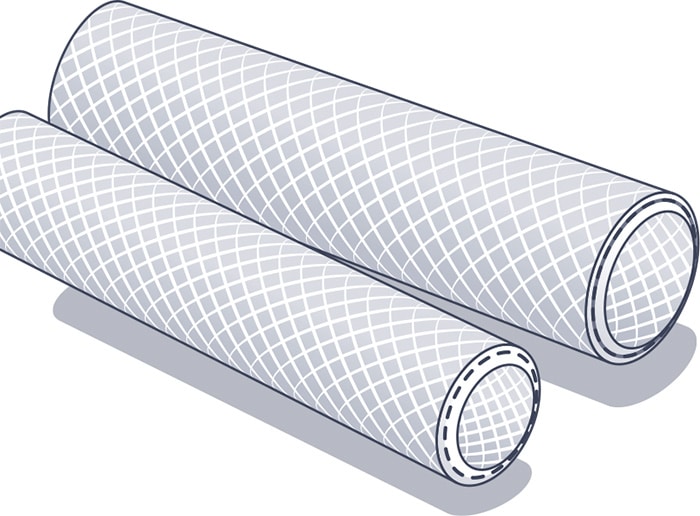
Forget the cheap corrugated stuff sold as “bilge hose.” The ridges decrease our pumps’ capacity by 20 percent. Smoothbore hose, which is either reinforced vinyl or sanitation hose, is more durable and doesn’t impede flow. Tim Barker
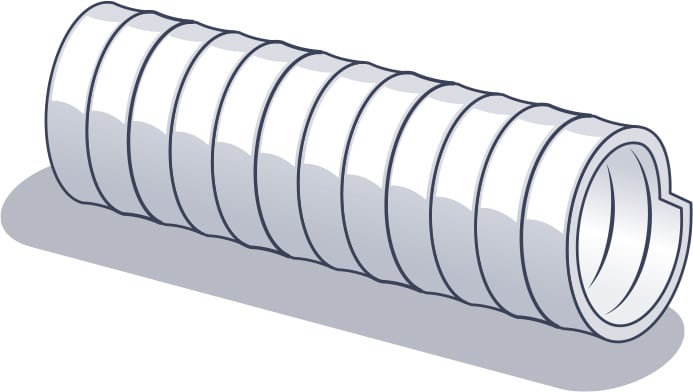
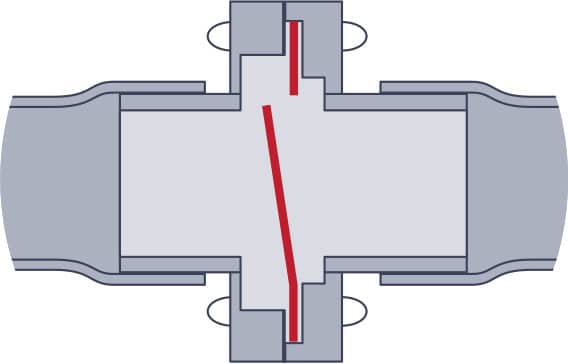
ABYC does allow the use of a check valve to prevent a bilge pump from cycling on and off due to water remaining in the discharge line. But chjeck valves are prone to failure, particularly in salt water, and so many pump manufacturers, marine surveyors, and we at Boating, discourage the use of check valves. If the amount of water remaining in the discharge hose flows back and sets off your float switch, raise the switch a little higher to avoid pump cycling. Use the manual switch to remove more water. NOTE: ABYC strictly forbids the use of check valves for use as a siphon break. ( Other siphon break devices, such as vented loops, are permitted.) Tim Barker
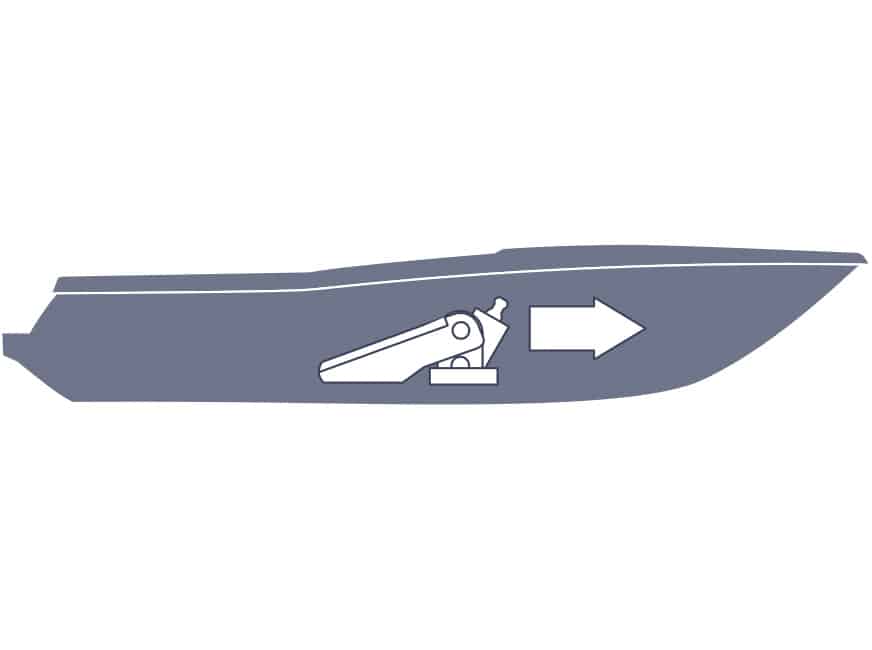
Float switches should be installed fore and aft, not across the beam, and should have the hinge forward. This prevents inadvertently energizing the switch as the boat climbs on plane or rocks in waves. Tim Barker
Total Capacity
I recommend the following total-bilge-pump capacities as rules of thumb. Boats less than 20 feet: 1,000 gph; 20 to 25 feet: 2,500 gph; 25 to 32 feet: 4,000 gph; 32 to 36 feet: 6,000 gph; 37 to 45 feet: 8,500 gph.
Pump Ratings
The number embossed on the pump is optimistic. There are formulas for calculating actual gph versus rated gph based on hose diameter, the height that the water has to be lifted (the “head”) and voltage. I simply count on an actual capacity of 60 percent the advertised rating.

